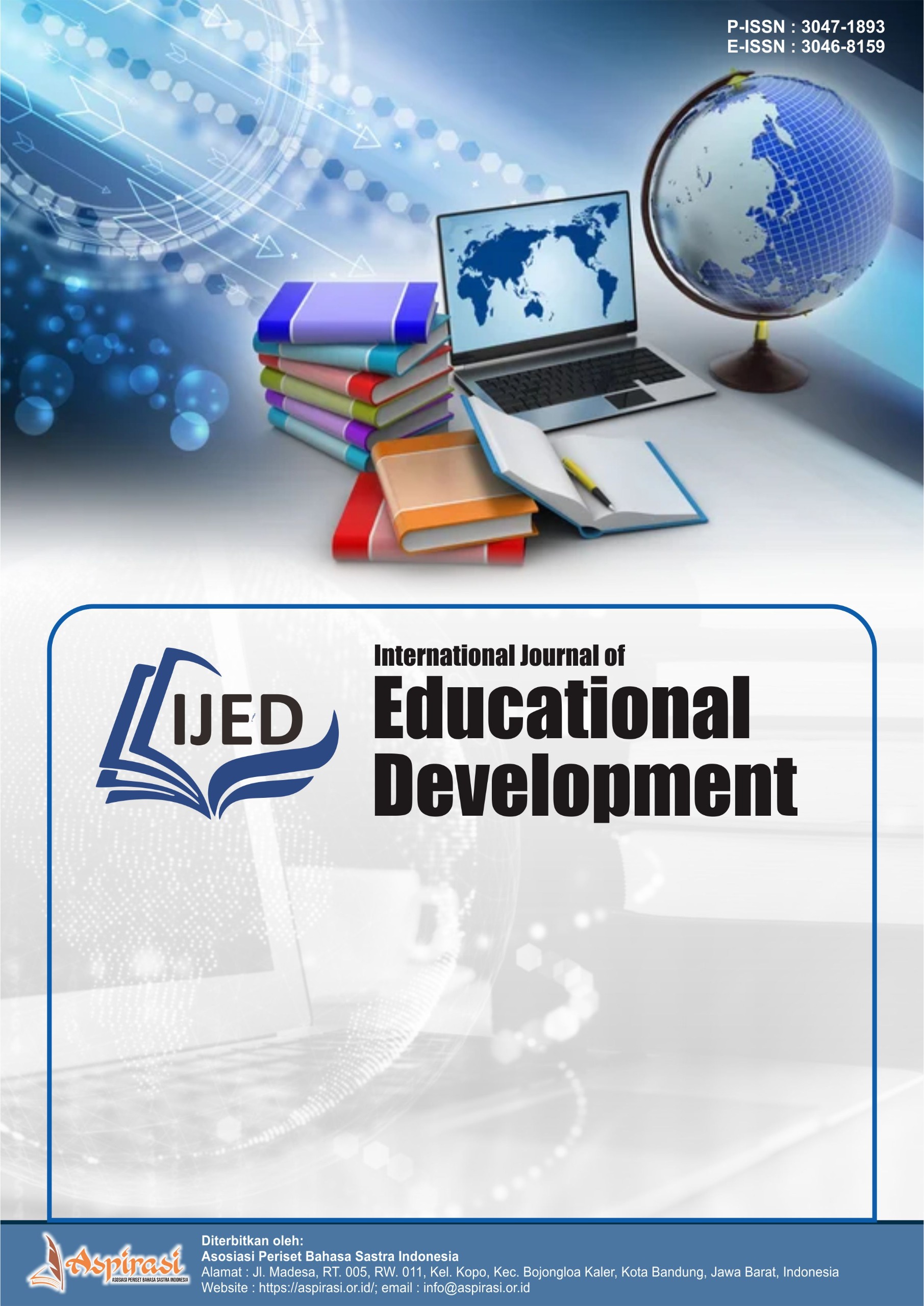Interactive Dance Learning : Enhancing High School Students’ Critical Thinking Skills
DOI:
https://doi.org/10.61132/ijed.v2i3.326Keywords:
Critical thinking, High school education, Interactive learning, Traditional dance, Video-based learningAbstract
This study investigates the effect of interactive learning in traditional dance education on students’ critical thinking skills at the senior high school level. The background highlights the dominance of rote-based teaching in dance classes and the lack of reflective and analytical approaches that can foster students’ higher-order thinking. A quasi-experimental method with a pretest-posttest control group design was employed, involving 72 tenth-grade students from several high schools in South Jakarta. The experimental group received interactive dance instruction integrating reflection, interpretation, and peer discussion, while the control group received conventional instruction. Data were collected through critical thinking tests, classroom observations, and student perception questionnaires. The results showed a significant improvement in the experimental group’s critical thinking scores, with a posttest average of 88.2 and a gain score of 0.71 (high category), compared to the control group’s posttest average of 66.7 and gain score of 0.21 (low category). Paired t-test and independent t-test analyses confirmed statistically significant differences (p < 0.05) between the two groups. Observation and questionnaire data revealed that students in the interactive group exhibited higher engagement in critical thinking activities such as interpretation, evaluation, and reasoning. These findings confirm that interactive dance learning not only enhances aesthetic understanding but also promotes critical thinking, making it a valuable pedagogical approach for 21st-century education.
References
A. Febliza, Z. Afdal, and J. Copriady, “Improving Students’ Critical Thinking Skills: Is Interactive Video and Interactive Web Module Beneficial?,” International Journal of Interactive Mobile Technologies, vol. 17, no. 3, pp. 70–86, 2023, doi: 10.3991/ijim.v17i03.34699.
B. Angeline and J. Friedman, “Integrated Dance Learning: Critical Thinking for Embodied Minds,” Writing In and About the Performing and Visual Arts: Creating, Performing, and Teaching, pp. 225–239, 2020, doi: 10.37514/atd-b.2019.0292.2.15.
F. Dwidarti, Zamzani, and M. Prabowo, “Multimedia-based dance learning in elementary school,” Journal of Education and Learning, vol. 19, no. 1, pp. 515–521, 2025, doi: 10.11591/edulearn.v19i1.21795.
heni komalasari Mustofa, “Peningkatan Kemampuan Berpikir Kritis Peserta Didik Melalui Pendekatan Heutagogi Dalam Pembeljaran Tari,” vol. 2, no. 2, pp. 302–310, 2022.
M. J. Alves, “The use of video as self-evaluation in dance classes,” Exploring identities in dance: Proceedings from the 13th World Congress of Dance and the Child International, pp. 1–14, 2017, [Online]. Available: http://ausdance.org.au/uploads/content/publications/daCi-2015/education/The-use-of-video-as-self-evaluation-in-dance-classes-Maria-Joao-Alves.pdf
M. Sablić, A. Mirosavljević, and A. Škugor, “Video-Based Learning (VBL)—Past, Present and Future: an Overview of the Research Published from 2008 to 2019,” Technology, Knowledge and Learning, vol. 26, no. 4, pp. 1061–1077, 2021, doi: 10.1007/s10758-020-09455-5.
R. H. Ennis, “The Nature of Critical Thinking: An Outline of Critical Thinking Dispositions and Abilities i.”
S. Fauziah Idris and H. Y. Suhendi, “DIFFRACTION: Journal for Physics Education and Applied Physics Pengembangan Media Pembelajaran Interaktif ‘GEMBI’ untuk Meningkatkan Keterampilan Berpikir Kritis Siswa,” vol. 5, no. 1, 2023, [Online]. Available: http://jurnal.unsil.ac.id/index.php/Diffraction
Z. Li, M. Zhou, K. Ka, and L. Lam, “Since January 2020 Elsevier has created a COVID-19 resource centre with free information in English and Mandarin on the novel coronavirus COVID- 19 . The COVID-19 resource centre is hosted on Elsevier Connect , the company ’ s public news and information ,” no. January, 2020.
Downloads
Published
How to Cite
Issue
Section
License
Copyright (c) 2025 International Journal of Educational Development

This work is licensed under a Creative Commons Attribution-ShareAlike 4.0 International License.





